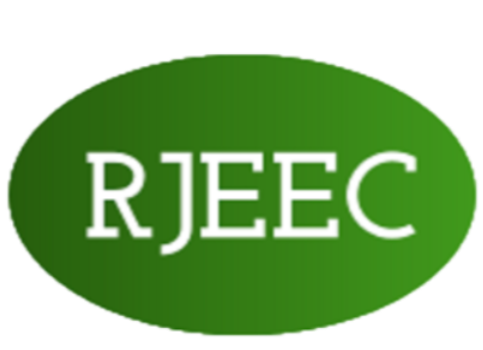
Ultrasonication for removal of organic micropollutants from water
Authors: MIHAI STEFANESCU
Keywords: Ultrasonication, sonolysis, cavitation, water, micropollutants
https://doi.org/10.21698/rjeec.2022.203This paper collects the most theoretical and experimental data about the fundaments of ultrasonic cavitation and its application in the domain of water and drinking water treatment. It is describing the most important mechanism of acoustic cavitation based on "Hot spot theory" which is based on free radicals, especially hydroxyl radicals. The experimental examples are focused on organic micropollutants removal from wastewater and drinking water. There are many organic pollutants resistant to classical treatment flows in wastewater and drinking water treatment plants which means there must be updated with new technologies like Advanced Oxidation Processes (AOPs). Ultrasonication and advanced ultrasonication is one of these new approaches. Ultrasonication was the base of a new chemistry domain - sonochemistry and its development led to new and modern degradation methods of natural and industrial organic pollutants: natural organic matter, phenols, organochlorinated compounds, surfactants, etc. with high mineralization degree.



